India’s Independence Day 2025 marks 78 years of freedom, celebrating the nation’s journey from colonial rule to becoming the world’s largest democracy. This important holiday is celebrated every year on August 15th. It celebrates India’s freedom fighters, the national flag, and the country’s patriotic spirit. If you want to learn more about India’s past, flags, celebrations, and important dates and laws related to India’s sovereignty, check out this blog. It also has an Independence Day Quiz. This guide will help you learn more and test your pride whether you’re a student, a quiz fan, or a proud Indian.
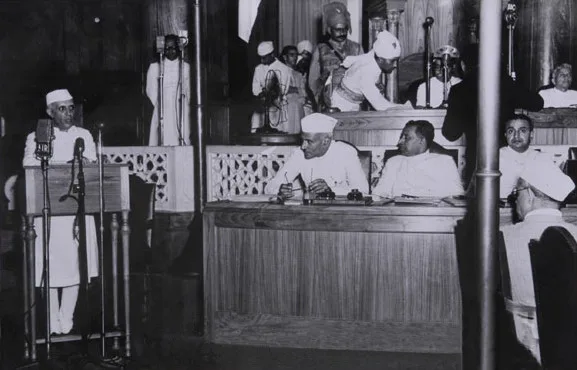
Independence Day Quiz – History & Significance
India achieved independence on 15 August 1947 after decades of struggle against British rule. Protests that were peaceful, acts of civil disobedience, and the sacrifices of many brave activists fueled the Indian freedom movement. Independence Day is more than just a holiday; it’s a celebration of the people who died and led India to where it is today. Today is a sign of independence, unity, and freedom for the whole country.
When do we celebrate Independence Day in India?
Answer: 15th AugustWhich year did India get its Independence from the British Empire?
Answer: 1947What is the significance of Independence Day of India?
Answer: End of British rule and birth of free IndiaIs Independence Day a government holiday all over India?
Answer: YesWhen did the Indian Independence Act 1947 come into effect?
Answer: On August 15th, 1947Which movement is also called the August Movement in India?
Answer: The Quit India MovementWho presided over the 1905 Congress session in Banaras?
Answer: Gopal Krishan GokhaleWhich movement was launched to protest against the partition of Bengal?
Answer: The Swadeshi MovementWhen did the British first come to India?
Answer: 1608How many years did the British rule India?
Answer: 200 years
National Flag – Facts & Symbolism
The Indian National Flag, or Tiranga, was made official on July 22, 1947. It has saffron, white, and green bands, and the Ashoka Chakra is in the middle. The 24-spoke wheel stands for justice and progress, while the different colors reflect different values. For example, saffron stands for bravery, white for peace, and green for wealth. The flag represents India’s togetherness, pride, and history.
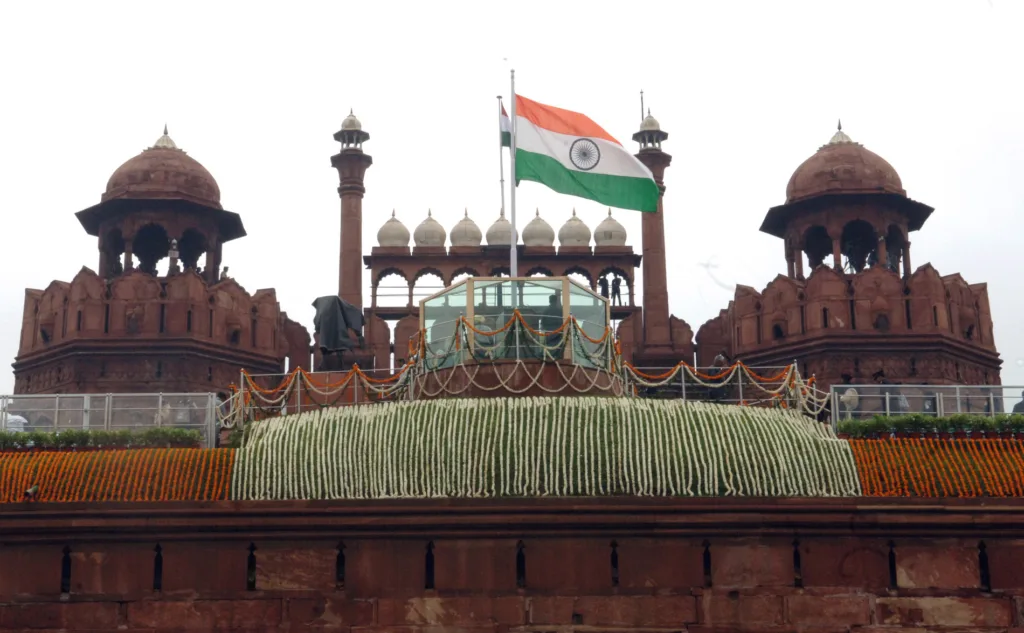
What do we call our National Flag?
Answer: TrirangaHow many colours are there in the Indian National Flag?
Answer: Three (saffron, white, and green)What does the white colour in the Indian National Flag stand for?
Answer: Truth, Peace, and HonestyWhat does the saffron colour in the Indian National Flag stand for?
Answer: Courage and SacrificeWhat does the green colour stand for?
Answer: Faith, Fertility, and ProsperityWhat is the symbol of the Ashoka Chakra in the National Flag?
Answer: Righteousness (Dharma)What do we call the wheel present in the centre of our National Flag?
Answer: Ashoka ChakraHow many spokes are there in the Ashoka Chakra of the Indian Flag?
Answer: 24Who designed the Indian National Flag?
Answer: Pingali VenkayyaWhat is the ratio of the length to the width of the Indian National Flag?
Answer: 2:3Who suggested Ashoka Chakra in the Indian Flag?
Answer: B.R. Ambedkar
Independence Day – Celebrations & Ceremonies
India celebrates Independence Day with parades, cultural shows, songs of patriotism, and events where the flag is raised. From the Red Fort, the Prime Minister speaks to the country about what has been accomplished and what the plans are for the future. Schools, businesses, and towns all over the country hold competitions on Independence Day, like essay writing, debates, and quizzes, to honor the spirit of freedom.
The first Prime Minister of India raised the Indian National Flag on 15th August 1947 in which gate of the Red Fort?
Answer: The Lahori GateWhere does the National Flag hoisting ceremony occur on Independence Day?
Answer: Red Fort, DelhiIn which city of India is the Indian Independence Day celebrated every year?
Answer: New DelhiWho hoists the Indian National Flag on Independence Day every year?
Answer: Prime Minister of IndiaWhat is the theme of the 2025 Independence Day of India?
Answer: Honouring Freedom, Inspiring the Future
Key Leaders & Personalities
Indian freedom was possible thanks to the leadership of many great thinkers, including Mahatma Gandhi, Jawaharlal Nehru, Sardar Vallabhbhai Patel, Subhas Chandra Bose, Bhagat Singh, and many more. Each leader left a lasting impact for the country, whether it was through diplomacy, political strategy, or armed conflict.
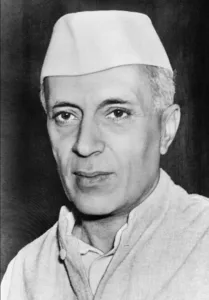
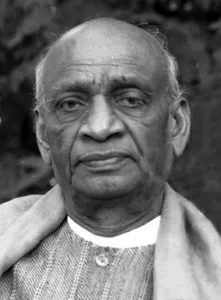
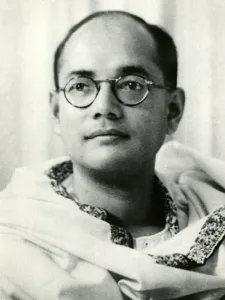

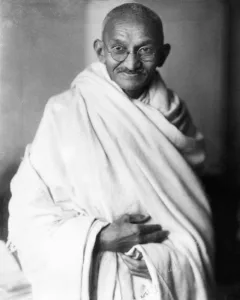
Which British monarch was reigning at the time of India’s Independence?
Answer: King George VIWho was the last British Viceroy in India?
Answer: Lord MountbattenWho was the first Prime Minister of Independent India?
Answer: Jawaharlal NehruWho is the present Prime Minister of India?
Answer: Shri Narendra ModiWho is the present President of India?
Answer: Mrs. Droupadi MurmuWho was the first Home Minister and Deputy Prime Minister of India?
Answer: Sardar Vallabhbhai PatelWho was the first Chief Election Commissioner of Independent India?
Answer: Sukumar SenWho was known as the “Nightingale of India”?
Answer: Sarojini NaiduWho was the Prime Minister of Britain at the time of Independence?
Answer: Clement AttleeThe famous speech “A Tryst with Destiny” was given by whom?
Answer: Pt. Jawaharlal NehruWho was the first Indian to win a Nobel Prize in 1913?
Answer: Rabindranath TagoreWho led the non-violent movement “Bardoli Satyagraha”?
Answer: Sardar Vallabhbhai PatelWho was the author of the book India Wins Freedom?
Answer: Maulana AzadWho wrote the patriotic song “Vande Maataram”?
Answer: Bankim Chandra ChatterjeeWho was the first Indian to be elected to the British Parliament?
Answer: Dadabhai NaorojiWho was the President of the Indian National Congress at the time of India’s Independence?
Answer: J.B. KripalaniWho was the founder of the Arya Samaj?
Answer: Swami Dayanand SaraswatiWho was the first British person to visit India?
Answer: John Mildenhall
Important Dates & Laws
Independence Day is connected to many important events, such as Republic Day on January 26, 1950, Flag Day on July 22, 1947, and the Quit India Movement on August 8, 1942. The British Parliament passed the Indian Independence Act 1947, which gave India the power to make its own laws. This made it possible for India to have full freedom.
When was ‘Jana Gana Mana’ declared as the National Anthem of India?
Answer: 24 January 1950When was Hindi adopted as the official language of India?
Answer: September 14, 1949When did the Dandi March start in Gujarat?
Answer: On March 12, 1930In which year was the Indian Space Research Organisation (ISRO) formed?
Answer: 1969In which year did India make “Education is the fundamental right of children”?
Answer: 2010When were the first Lok Sabha elections held in India?
Answer: 1952
Conclusion
You won’t just be trying your knowledge on the Independence Day Quiz 2025; it’s also a way to honor India’s journey to freedom, celebrate its rich history, and learn about the sacrifices that made our country what it is today. To keep the flame of patriotism alive for future generations, we must remember our past, honor our national symbols, and value freedom and unity.
FAQs.
Q1. When is India’s Independence Day celebrated?
A1. India celebrates Independence Day every year on 15th August to mark freedom from British rule in 1947.
Q2. Who designed the Indian National Flag?
A2. The Indian National Flag was designed by Pingali Venkayya.
Q3. Which act granted India independence?
A3. The Indian Independence Act 1947 passed by the British Parliament granted India legislative power and sovereignty.
Q4. What is the significance of the Ashoka Chakra?
A4. The Ashoka Chakra with 24 spokes represents justice, progress, and constant movement.
Q5. Who gave the famous “Tryst with Destiny” speech?
A5. Jawaharlal Nehru, India’s first Prime Minister, delivered the speech on 14 August 1947.


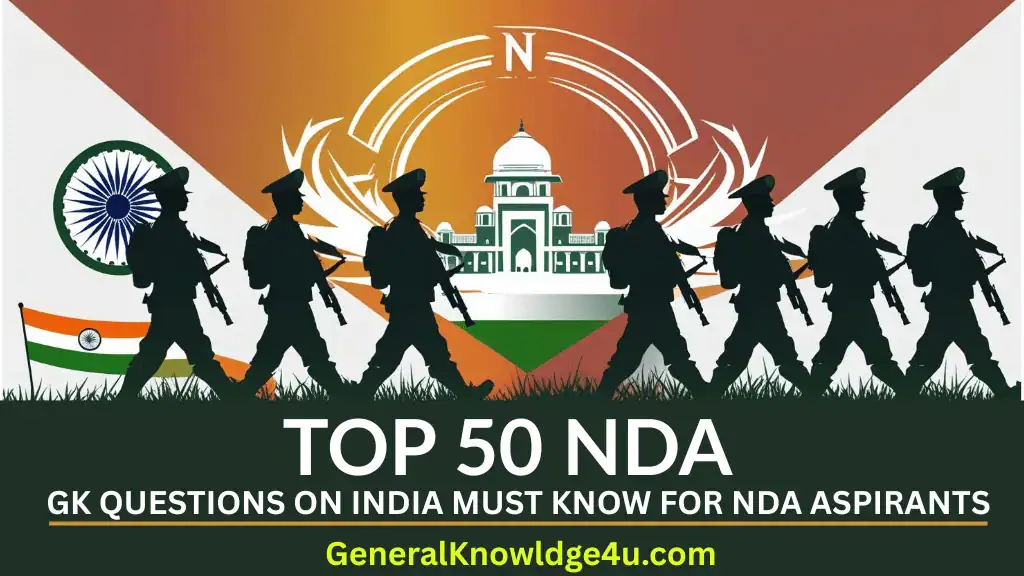


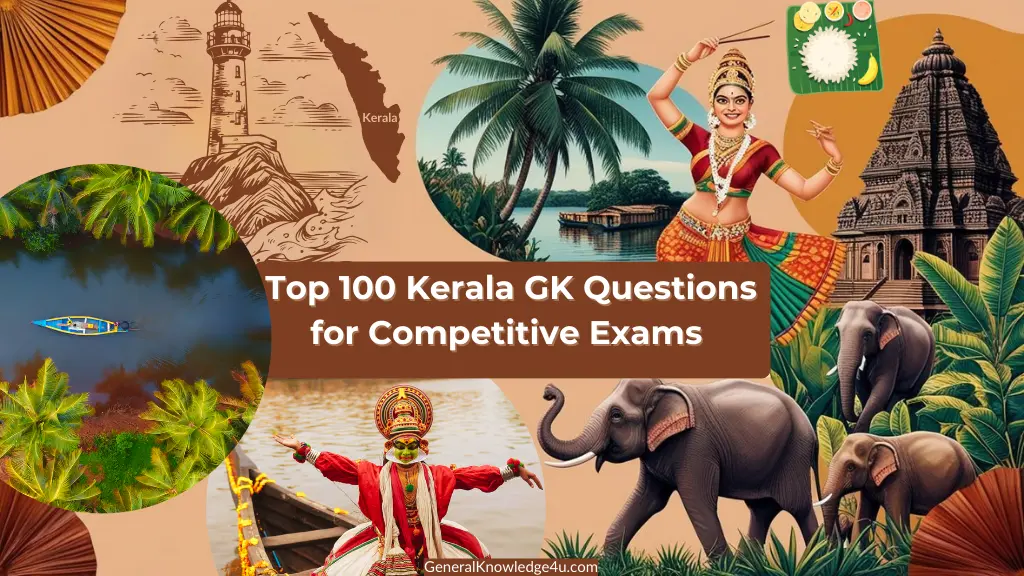
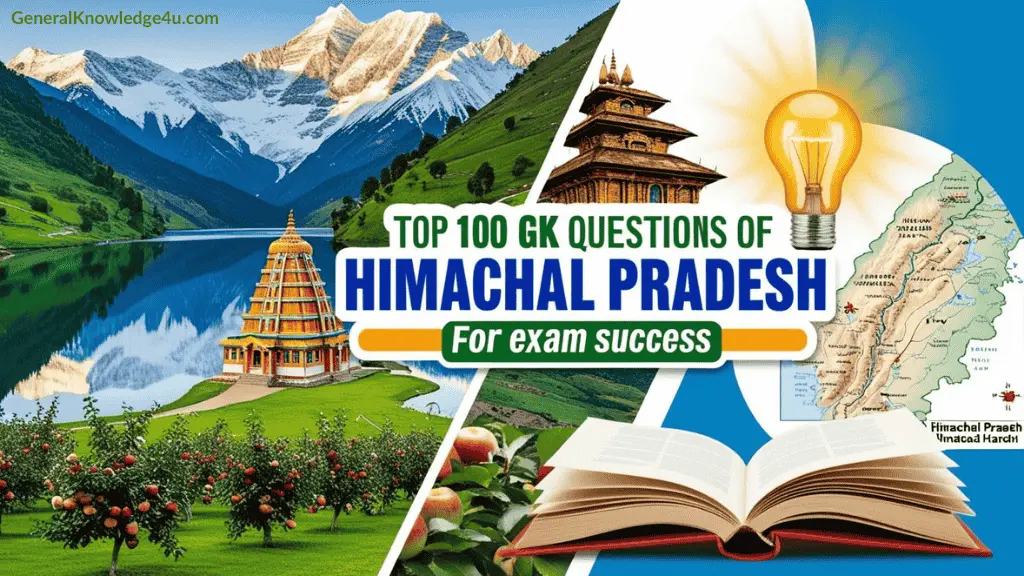
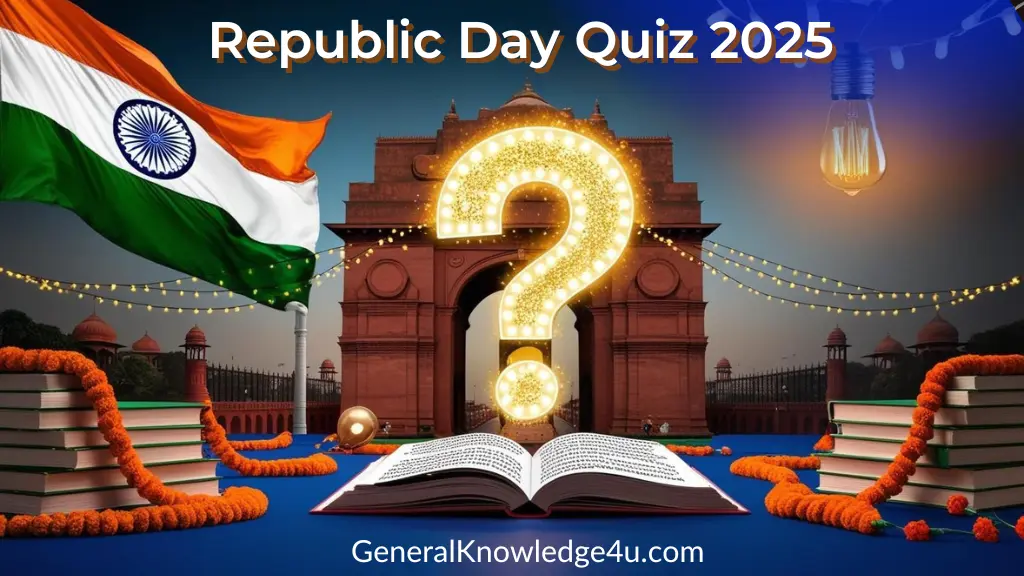
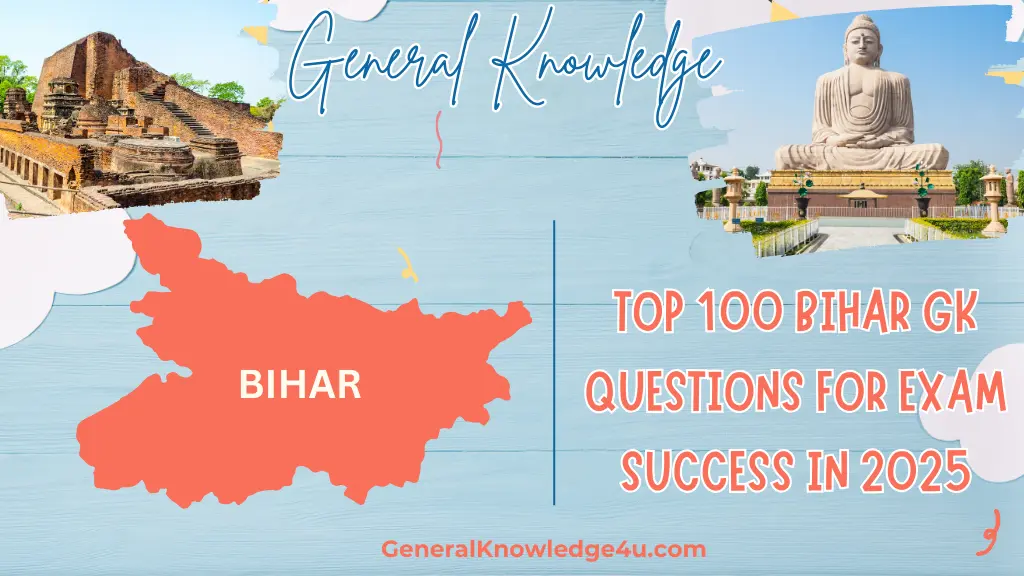
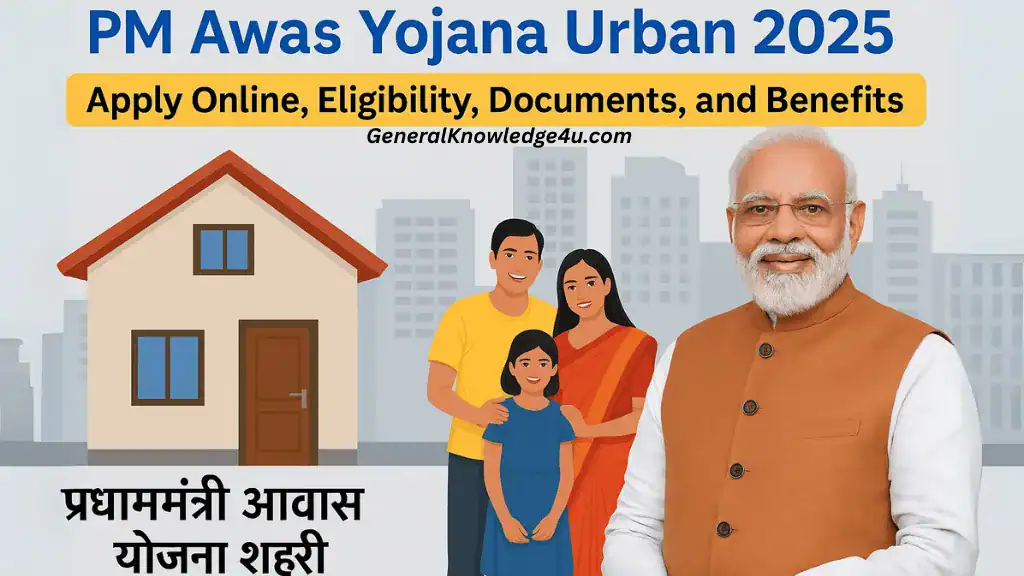
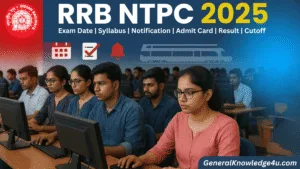

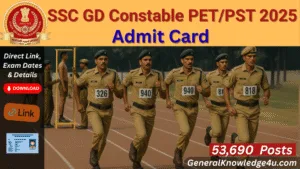

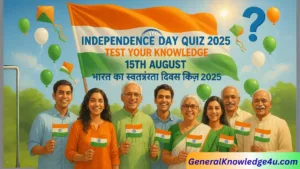


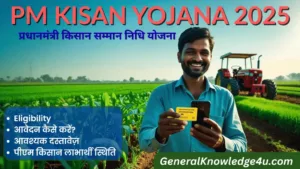

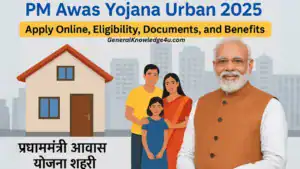
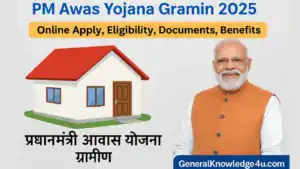
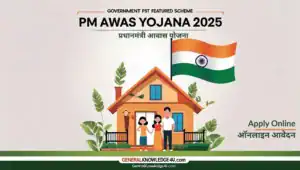








Leave a Comment